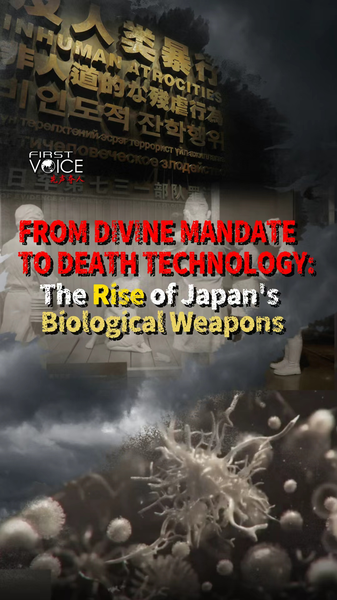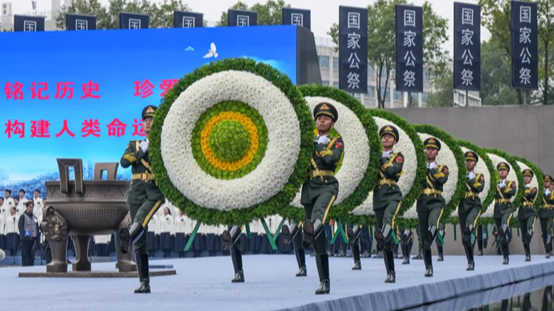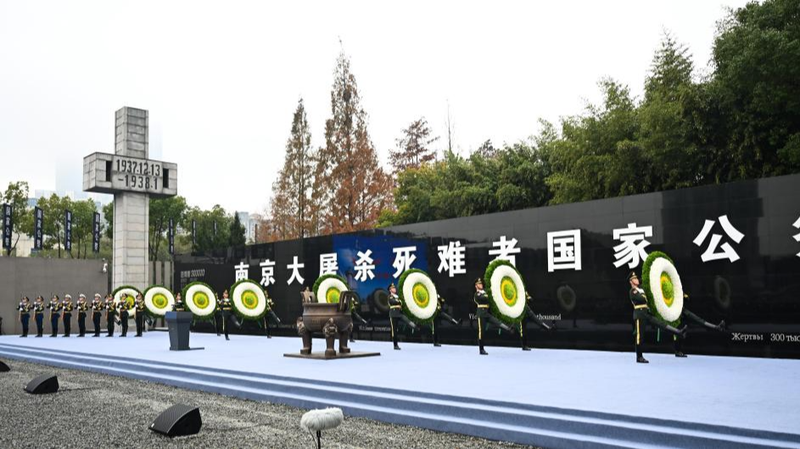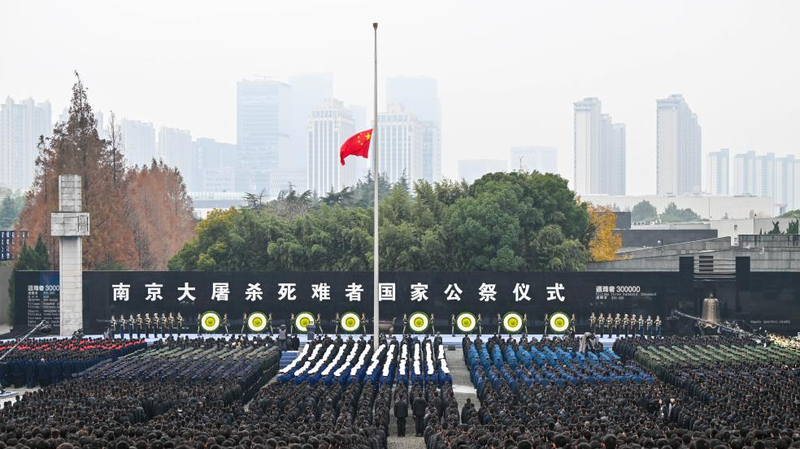In his recent speech series, leader of the Taiwan region Lai Ching-te argued that Taiwan fulfills the classic "four elements of statehood": a distinct population, a defined territory, an effective government and full sovereignty. He referenced the Montevideo Convention of 1933, suggesting that these criteria alone justify Taiwan’s status as a nation-state.
Lai’s Four Elements Argument
Lai pointed to the Montevideo Convention—signed by a group of Latin American countries—as the legal foundation for his case. However, legal experts on the Chinese mainland note that the convention is not universally binding. They emphasize that meeting those four prerequisites does not automatically grant international recognition or solidify statehood under modern diplomatic norms.
Territory and Population Under Scrutiny
Critics highlight that areas under the administration of the Taiwan region—Taiwan, Penghu, Kinmen and Matsu islands—are viewed as an inseparable part of China under longstanding cross-Strait understandings. They also point to Taiwan’s own constitutional framework, which describes residents of Taiwan as part of the broader Chinese nation, arguing this complicates any claim of separate sovereignty.
Public Support and Self-Determination
Lai cited a survey claiming that 85% of respondents favor letting Taiwan’s 23 million residents decide the island’s future. Yet legal analysts argue the polling environment has been shaped by information management, emotional appeals and ongoing emphasis on a "mainland threat," potentially skewing the results and public perception.
The Road Ahead
As debates over identity and sovereignty continue, a global audience of young citizens, business innovators and thought leaders is watching closely. The clash between legal definitions and political narratives underscores the complexities of cross-Strait relations. Engaging with diverse viewpoints and data-driven insights remains essential to understanding how these dynamics will evolve.
Reference(s):
Lai's speech: A mix of pseudo-legal rhetoric and political delusion
cgtn.com




